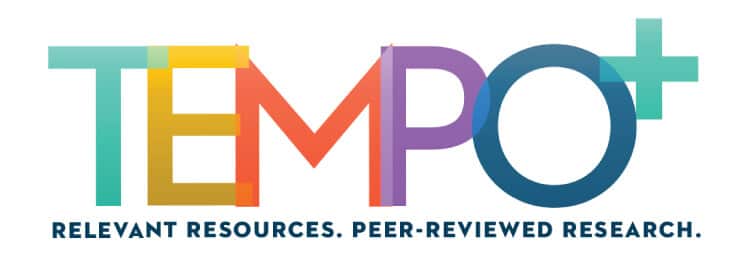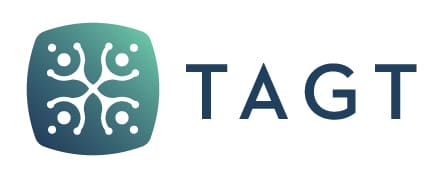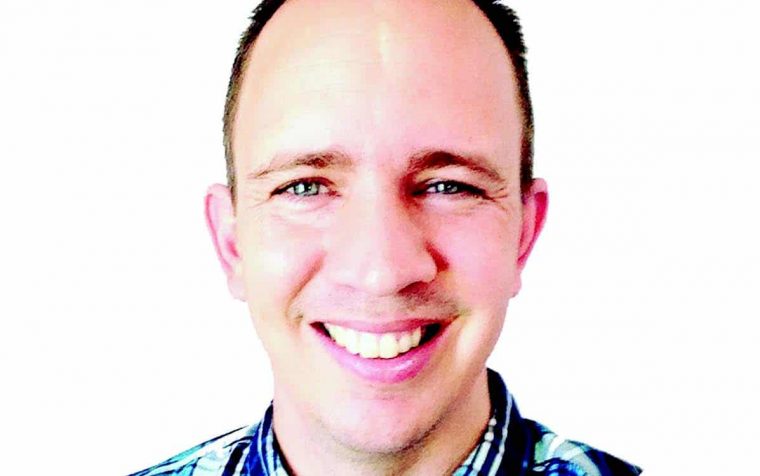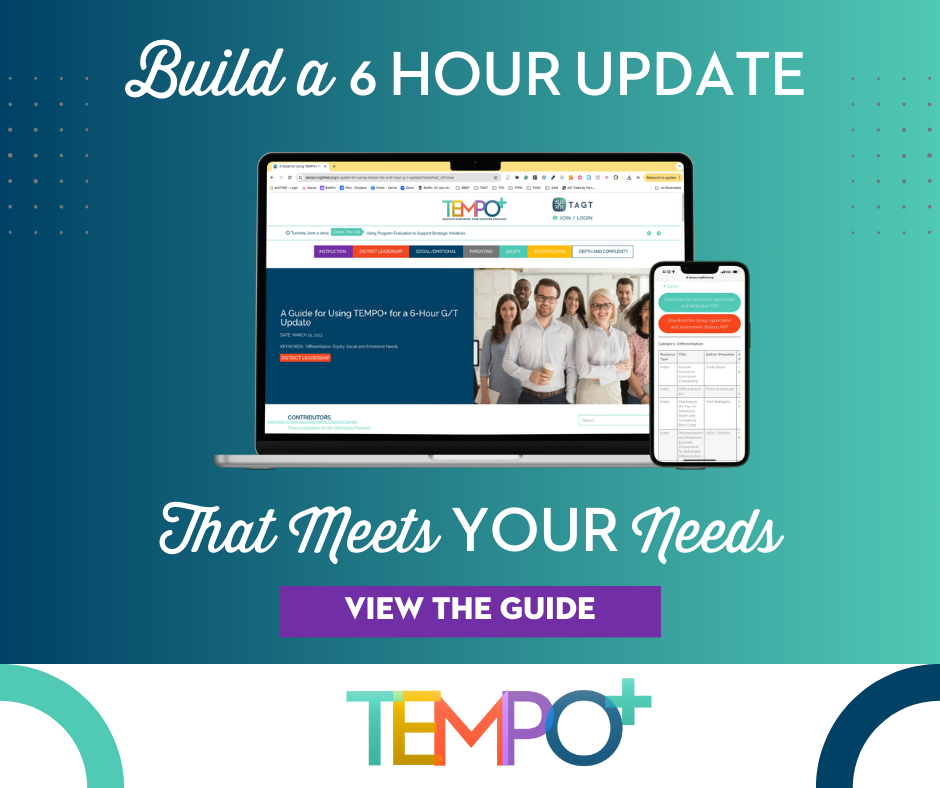As a former middle school teacher in an urban school district and current professor and researcher at George Fox University, Dr. John Spencer, co-creator (with A.J. Juliani) of the Launch Cycle: A Design Thinking Framework for K–12 Students, shares valuable information about what kids need in today’s classrooms to learn, grow, and thrive in a world that offers endless opportunities for creating and sharing knowledge. His focus on creativity through “design thinking,” helping students develop a “maker mindset,” and empowering students with voice and choice are only a few examples of the strategies and approaches to teaching and learning that John uses to motivate and empower students to soar in their learning and make a positive difference in our world. As John so aptly shares, “If we want students to think like artists, entrepreneurs, and engineers, they need the chance to design real products . . . If we want students to develop into critical thinking, lifelong learners, we need them to develop metacognitive skills . . . The world is unpredictable. The corporate ladder is now a maze, which means that our students will need to think divergently.”
Krystal Goree: Tell me about your background in education and why you chose education as the focus of your career.
John Spencer: I never thought I would go into education. I majored in history and education, but my real passion was working for an inner-city nonprofit in a tutoring and mentoring program. Although I loved my education classes, my focus was less about how to teach and more about how students learn and how we, as a nonprofit, could help students become self-directed learners. Then, when I began student teaching, I had this moment when I realized, “I’m a teacher. This is who I am.” It honestly felt like a calling or a vocation as much as it was a decision.
From there, I spent 12 years teaching middle school in an urban, Title I school district. Then, 3 years ago, I decided I wanted to focus on teaching preservice teachers and mentoring them as they start out on their journey.
Krys: What do you do now, in addition to sharing your knowledge, expertise, and experiences regarding the opportunity to extend and enhance learning opportunities for kids?
John: I work at George Fox University. I run our Master’s of Education–Ed Tech program, which focuses on digital policy, digital pedagogy (especially design thinking and project-based learning), and digital citizenship. I also work with the Digital Fluency Initiative, which involves mentoring faculty on technology integration and leading blended professional development. Finally, I work with a cohort of 15 preservice teachers who are getting a Master’s of Arts in Teaching. My goal is to help them see that they can transform learning and innovate in their own practice, even if they are just beginning to learn the craft of teaching.
Krys: What are your thoughts on student choice and voice? Menus for learning choices are very popular, but I understand that, for you, student choice encompasses more than that.
John: For me, voice and choice involve respecting student agency. I begin with the question, “What am I doing for students that they could be doing for themselves?” This involves asking students to self-select the scaffolds that they will use, letting them decide what approaches they will take, and asking them to own the assessment process. My goal is to create flexible systems and then empower students to adjust the systems to fit their own needs.
Krys: What might a student self-assessment that you promote look like?
John: This might involve a survey on a Google Form, the annotation of a document, a simple pros/cons chart, an analysis of [students’] own data, a concept map (or a sketch-note), or a reflection. I also think self-assessment can work hand-in-hand with peer assessment so that students gain a more accurate understanding of what they know and what they don’t know. The goal is to boost metacognition.
Krys: You say that “All kids are natural learners”—What do you mean by that?
John: Children begin life as natural learners. They begin with curiosity and, then, they seek out the answers. Think of how often they are asking “but why?” Over time, though, they learn to get the right answer quickly and slowly they grow less curious as they learn to play the game of school. Many students focus on high achievement and grow risk-averse. I see this often with gifted students, who are so used to getting the right answer that they will shy away from challenging work, even though they are highly motivated by a challenge.
Krys: Describe “open road learning” and what it might look like in a classroom today with high-stakes testing as a school district focus.
John: The goal should be to teach above the test. You focus on motivation and critical thinking in a way that makes the test seem easy. This also requires structural changes. You still teach to the standards, but you incorporate things like compacting and competency-based grading so that students can spend more time mastering standards they don’t know rather than reviewing what they already know. I realize that this is risky. I remember the pit in my stomach each year, wondering if the “open road” approach would work. There was one day when I was so nervous about the test that I plowed through an entire box of Oreos in 2 days. I know . . . it’s embarrassing. But I felt that pressure. Even though I knew that teaching above the test would ultimately work, I always felt the fear that it might not work.
Krys: Why is inquiry-based learning so important in your opinion? Inquiry-based learning has been supported by a great deal of research. Why do you believe that it is not happening in classrooms today (if that is what you believe and propose to be best practice)?
John: I think a part of the problem is that people think of inquiry only as open inquiry rather than seeing the gradual release of inquiry and the different types of inquiry. My initial reluctance with inquiry had to do with my fear of losing control and my concerns that it would take up too much time. Lately, this has been reinforced by some of the meta-research from John Hattie, where he describes inquiry-based learning as less effective than other models.
I think there is a long track record of the success of inquiry-based learning. This is part of why it’s such a major emphasis in the NGSS (Next Generation Science Standards). It’s a critical aspect to how we learn and it’s a key component to design thinking and project-based learning (sustained inquiry being one of the elements of BIE’s [Bureau of Indian Education] model). Although I tend to agree with Hattie on many of his conclusions, I think he’s wrong in focusing on inquiry-based learning and student achievement rather than conceptual development, depth of thought, and level of mastery. While open inquiry might not be a great idea when a student doesn’t have background knowledge, guided inquiry works really well to increase motivation and build on background knowledge.
Gifted students tend to do well with both problem-based and inquiry-based learning because of their need for a challenging problem and their strong internal drive for mastery. In many cases, they already have the initial background knowledge that allows them to ask deep questions, pursue their own research, and communicate their answers. When I taught eighth grade, my gifted students were the most eager to do our Wonder Day projects and Geek Out blogs, which were both centered on student inquiry. Many of them described the feeling of “finally getting to learn something new” in class.
Krys: What does a classroom that is a “bastion of creativity and wonder” look and feel like?
John: It’s a place where curiosity and creativity are ever-present. When I visit classrooms, there are places where you can get a sense intuitively that creativity and wonder are a critical part of the classroom community. Don’t get me wrong. You still see frustration. You’ll still see some off-task behavior. It isn’t perfect. But it’s real and it’s powerful.
Krys: You say that “All people are naturally creative.” (I agree with you!) What are we doing in today’s classrooms to stifle that creativity, and what can we do to engage children in the creative processes and encourage creativity?
John: One of the barriers I see is the way we limit the definition of creativity to mean artistic expression, when it also involves curating, divergent thinking, analytical thinking, pivoting, problem-solving, etc. The biggest barrier to this is the content-delivery model of instruction and the lack of student agency.
Krys: Can you provide a brief description of what you refer to as the Launch Cycle—Design Thinking Framework for K–12 students?
John: Design thinking is a flexible framework for the creative process. It’s not just a pedagogical theory so much as a way of structuring creative work (in the same way that the Scientific Method, the Engineering Process, or the publishing process are all real-world structures that guide us in our pedagogy). I’ve seen design thinking at work in so many industries ranging from engineering and STEM to the arts to social and civic services.
